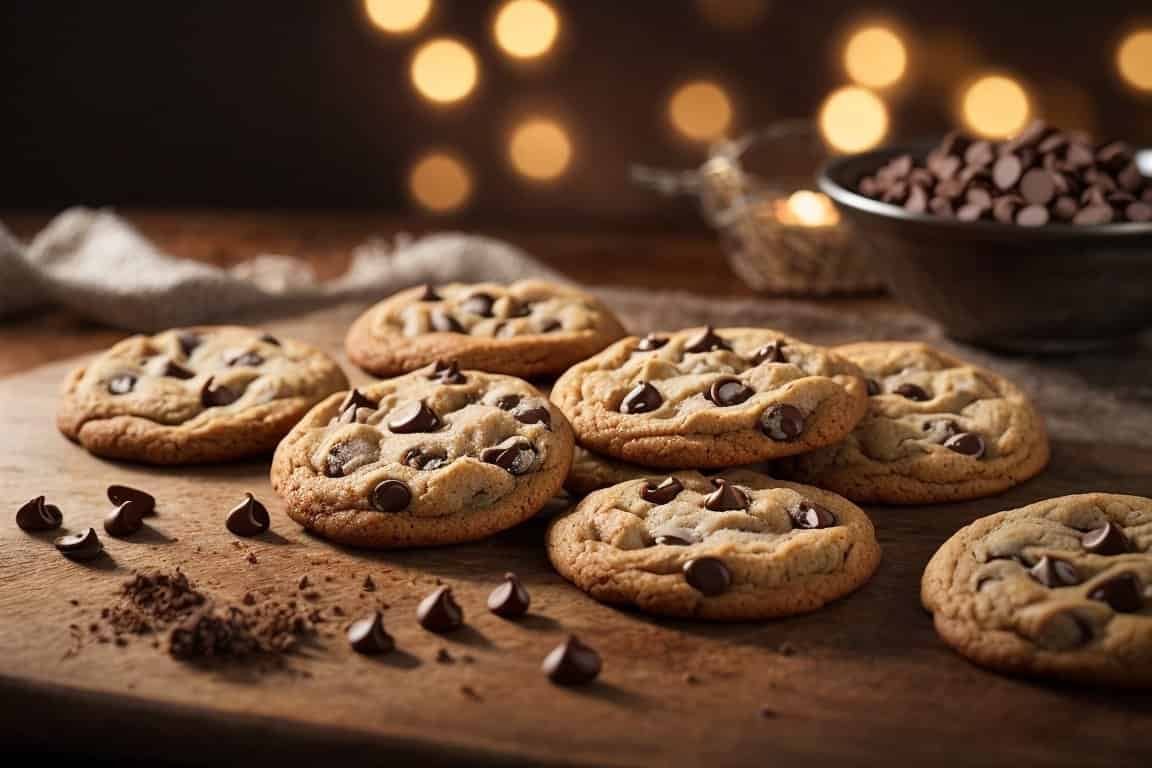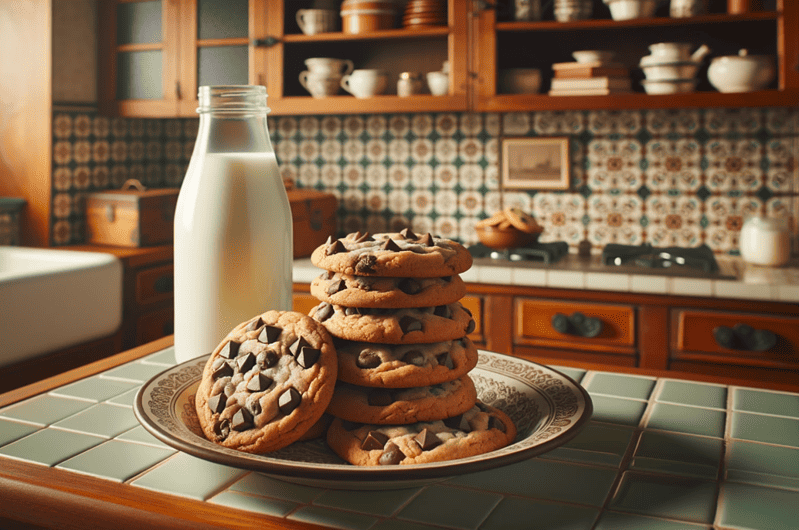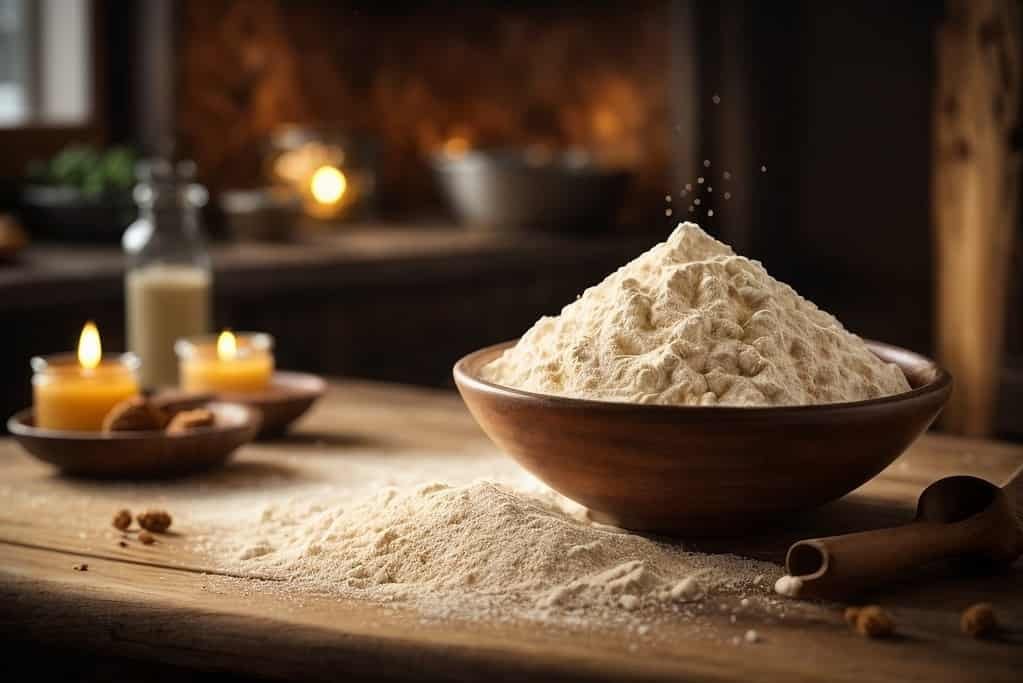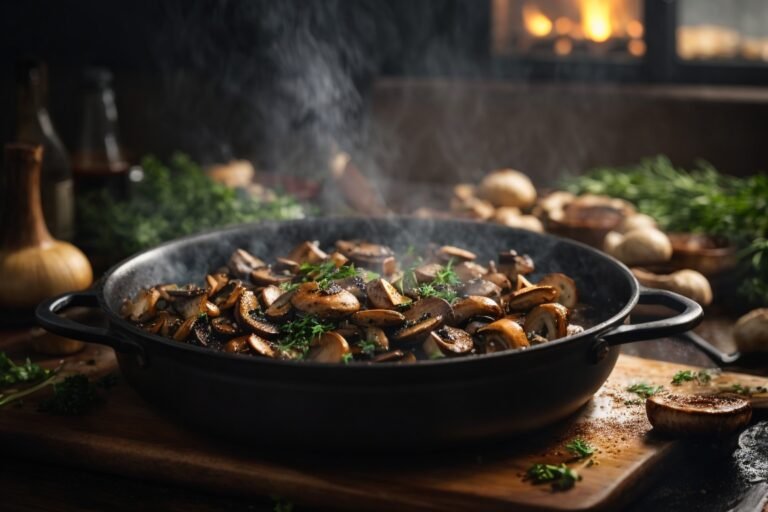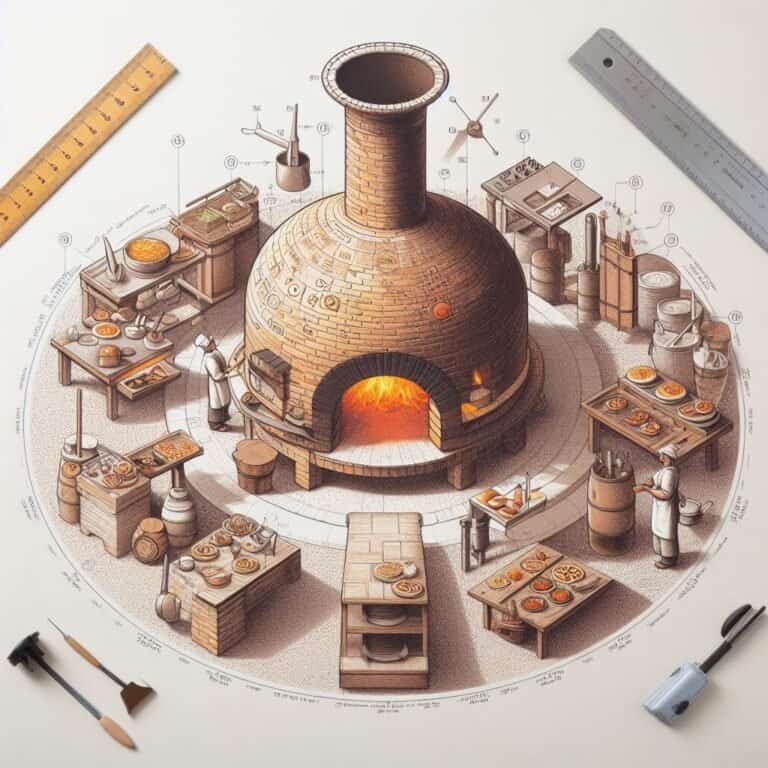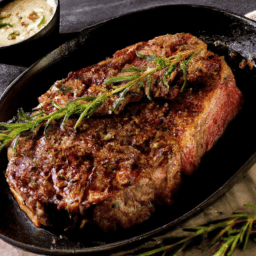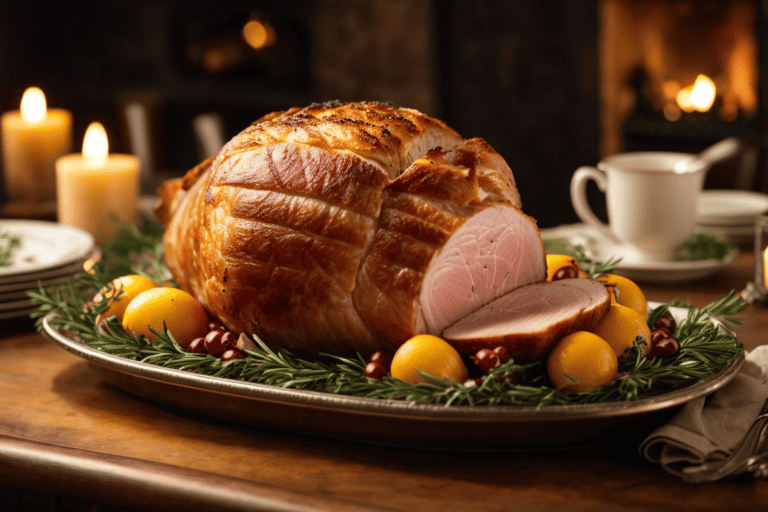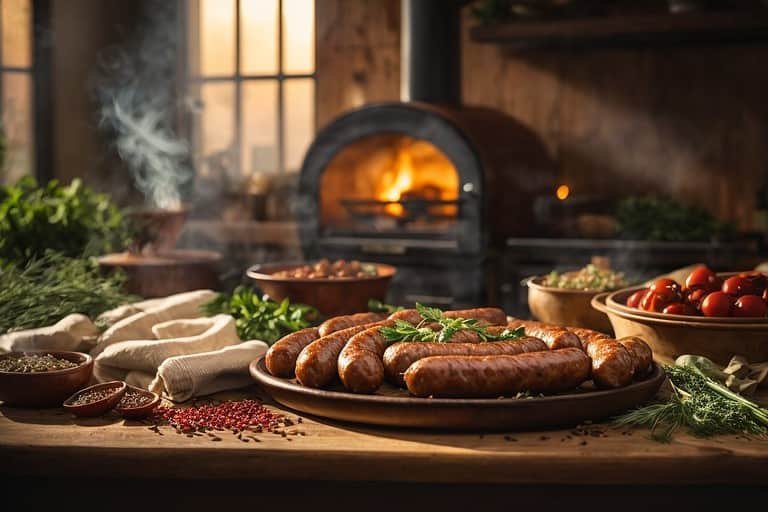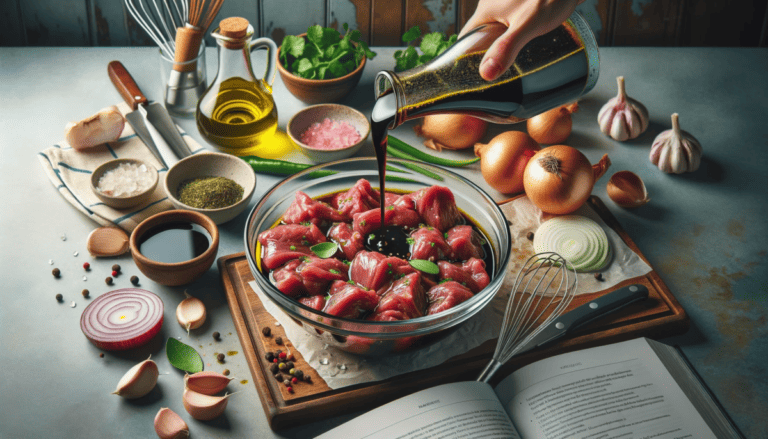Chocolate Chip Temptation: The Cookie Recipe You Can’t Ignore
In the kitchen, where memories are often baked alongside flavors, the chocolate chip cookie stands as a testament to comfort and nostalgia. Through the familiar clatter of pots and pans and the aromatic dance of butter and sugar, we find solace and connection. It’s about finding that balance – the golden edge with a heart that’s tender and chewy.
Every bite of the cookie, with its generous chocolate chunks, evokes a sense of home, of stories shared over the dinner table. This isn’t about complex culinary craftsmanship; it’s about the pure joy of baking. Paired with a cup of coffee or a glass of milk, these cookies become a ritual, a moment to savor. Dive into your kitchen with enthusiasm, roll up those sleeves, and let’s dive into the honest pleasure of baking the best chocolate chip cookies you’ve ever tasted.
Browned Butter Chocolate Chip Cookies
Course: DessertCuisine: AmericanDifficulty: Medium16
cookies30
minutes10
minutes148
kcal40
minutesIn the heart of the kitchen, where butter meets sugar, the humble chocolate chip cookie stands tall, brimming with nostalgia and comfort. With a golden edge and a tender, chewy center dotted with rich chocolate, this cookie is more than just a treat—it’s a moment of home, a simple joy. Dive in, and let the scent of freshly baked memories fill your space.
Ingredients
1 3/4 cups All-purpose flour
1/2 teaspoon baking soda
14 tablespoons unsalted butter
1/2 cup granulated sugar
3/4 cups dark brown sugar
1 teaspoon table salt
2 teaspoons vanilla extract
1 large egg
1 large egg yolk
1 1/4 cups chocolate chips (semisweet or personal preference)
3/4 cup chopped pecans ((optional))
Directions
- Preheat the Oven: Set the oven to 375 degrees and line two large baking sheets with parchment paper.
- Prepare the Flour Mixture: In a medium bowl, whisk together 8 3/4 ounces of flour and 1/2 teaspoon of baking soda.
- Brown the Butter: Melt 10 tablespoons of butter in a 10-inch skillet over medium-high heat. Swirl until it turns golden brown and smells nutty. Remove from heat and stir in the remaining 4 tablespoons of butter.
- Create the Sugar Mixture: In a large bowl, whisk the browned butter, 3 1/2 ounces of granulated sugar, 5 1/4 ounces of dark brown sugar, 1 teaspoon of salt, and 2 teaspoons of vanilla extract. Add an egg and an egg yolk, whisking until smooth. Let it stand for 3 minutes, whisk, and repeat twice.
- Combine Wet and Dry Ingredients: Stir the flour mixture into the sugar mixture until just combined. Add 1 1/4 cups of chocolate chips and 3/4 cup of nuts if using.
- Shape the Cookies: Divide the dough into 16 portions and place them 2 inches apart on the prepared baking sheets.
- Bake: Bake one tray at a time for 10 to 14 minutes, rotating halfway through, until the cookies are golden brown but still soft in the center.
- Cool: Transfer the baking sheet to a wire rack and let the cookies cool completely.
Understanding the Basics of Chocolate Chip Cookie Making
Breaking down the science of chocolate chip cookies can be a fun and rewarding process. Starting with a good foundation of baking knowledge is one of the first steps to creating the perfect cookie. This extends beyond just following a recipe, it means understanding the mechanics of baking, such as the role of each ingredient, the science behind how they interact, and how this leads to different results.
Importance of basic baking knowledge
Understanding basic baking knowledge is key to making good cookies and troubleshooting any potential issues. Baking isn’t just about following a recipe; it’s a science. Each ingredient has a specific role and can greatly affect the outcome of your cookies. Whether it’s the type of flour you use, the quality of your eggs, or even the temperature of your oven, each aspect plays a crucial role in the baking process.
The role of each ingredient in a cookie
Each ingredient in a cookie recipe plays a significant and unique role. For example, eggs provide structure and make cookies tender or cakey. Sugar aids in browning and sweetening while serving the mission of moistening your cookies. Butter contributes to flavor and richness, lending a tender crumb to your cookies. Understanding the role of each ingredient can truly elevate your baking game.
The science behind the baking process
Once you understand what each ingredient does, it’s important to understand how they interact. The science behind cookies is all about chemistry. Eggs, butter, sugar, and flour mix together to create a reaction, forming a delicious end result. Heat from the oven activates these reactions, causing the cookies to rise and spread, taking on their characteristic texture and flavor.
Choosing the Right Ingredients
The ingredients you choose can greatly affect the end result, from taste to texture. It’s important to choose quality ingredients that fit your desired outcome.
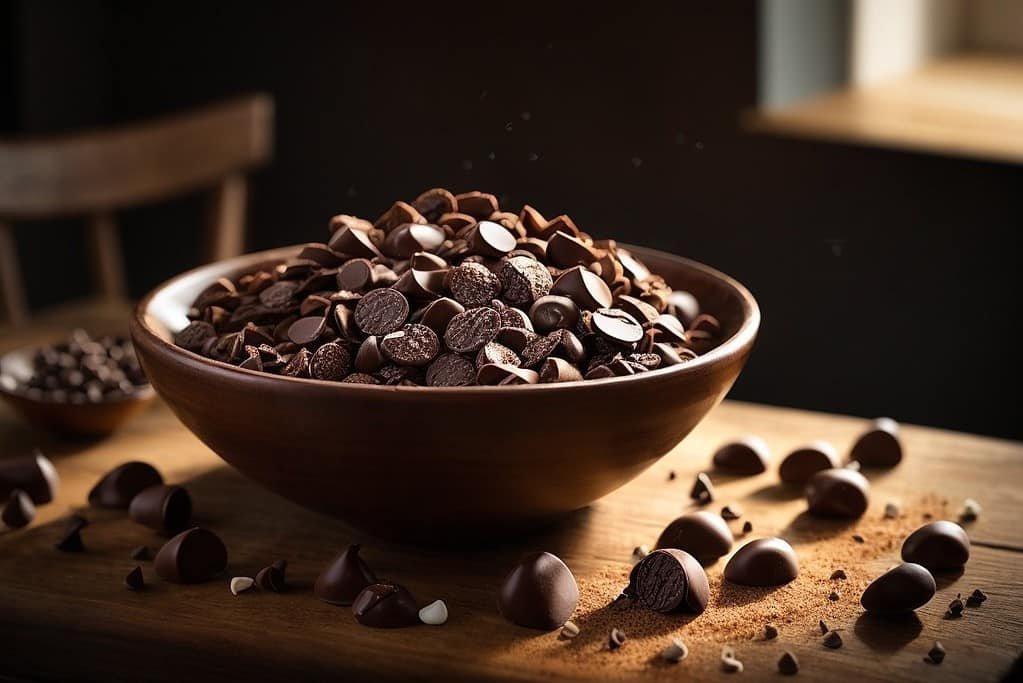
Quality and type of chocolate chips
The quality and type of chocolate chips you choose greatly affect the taste and texture of your cookies. High-quality chocolate melts better and gives a richer flavor. Depending on your preference, you can also experiment with different types like dark, semi-sweet, or milk chocolate.
Choosing the right types of flour
Different types of flour can affect your cookies in various ways. All-purpose flour is a safe bet for a traditional cookie, but cake flour can give a softer, more cake-like texture. Bread flour can create a cookie that’s chewier due to more protein content. Understanding the types of flour and how they change your cookie can help you cater the recipe to your tastes.
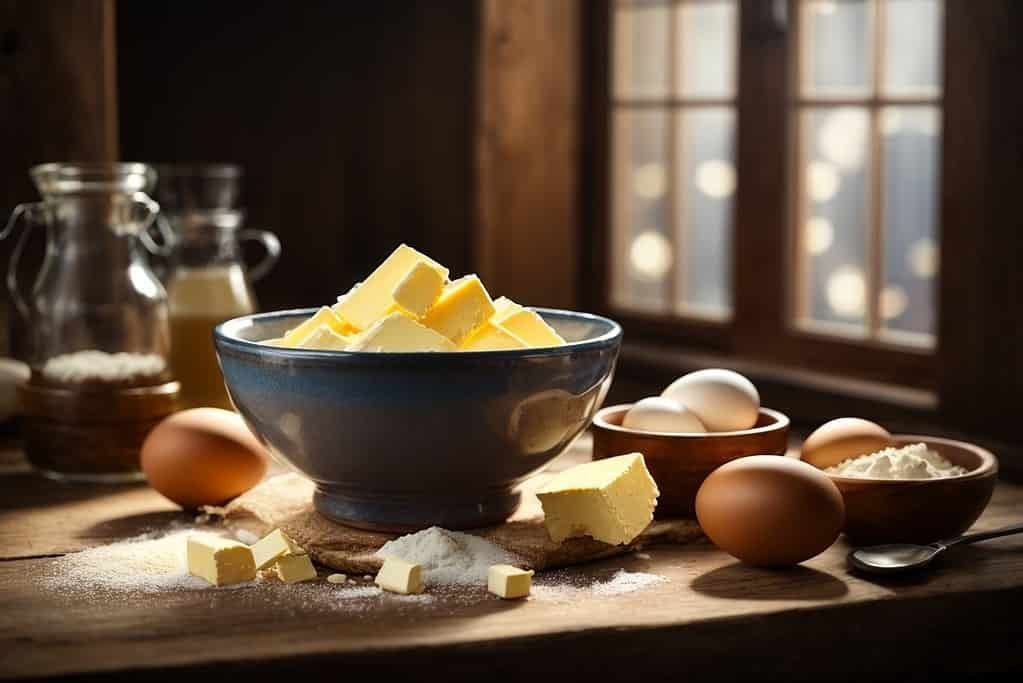
Importance of good quality butter, sugar, and eggs
Just like chocolate, quality matters when it comes to other ingredients like butter, sugar, and eggs. Using good quality butter can provide a deeper flavor and better texture. It’s also best to use fresh eggs, and the type of sugar can affect the chewiness, color, and flavor of your cookies.
Key role of baking soda or baking powder
Baking soda and baking powder serve the essential role of helping cookies rise. Baking soda helps with browning and spreading while baking powder aids in rising. Using the appropriate leavening agent can offer your cookies an ideal texture and appearance.
Understanding Ingredient Ratios
Getting the ratios right is crucial for achieving a balanced cookie, both in taste and texture.
Balancing sweetness and flavor
Too much sugar can make cookies overly sweet, while not enough can leave them bland. Balancing the sweetness with flavors like vanilla extract, chocolate chips, or even a hint of salt can highlight the flavors and prevent the sweetness from being overpowering.
Creating the right cookie texture
The ratio of your ingredients also determines the texture of your cookies. More butter can make a cookie crispy, while more flour or eggs can make it cake-like. By understanding how these ingredients interact, you can control the texture of your cookies.
How ingredient ratios affect the end result
The key to getting the taste and texture you want is understanding the ingredients ratios. Swapping out ingredients or changing their proportions can lead to wildly different results, allowing you to experiment and create your own unique cookie recipe.
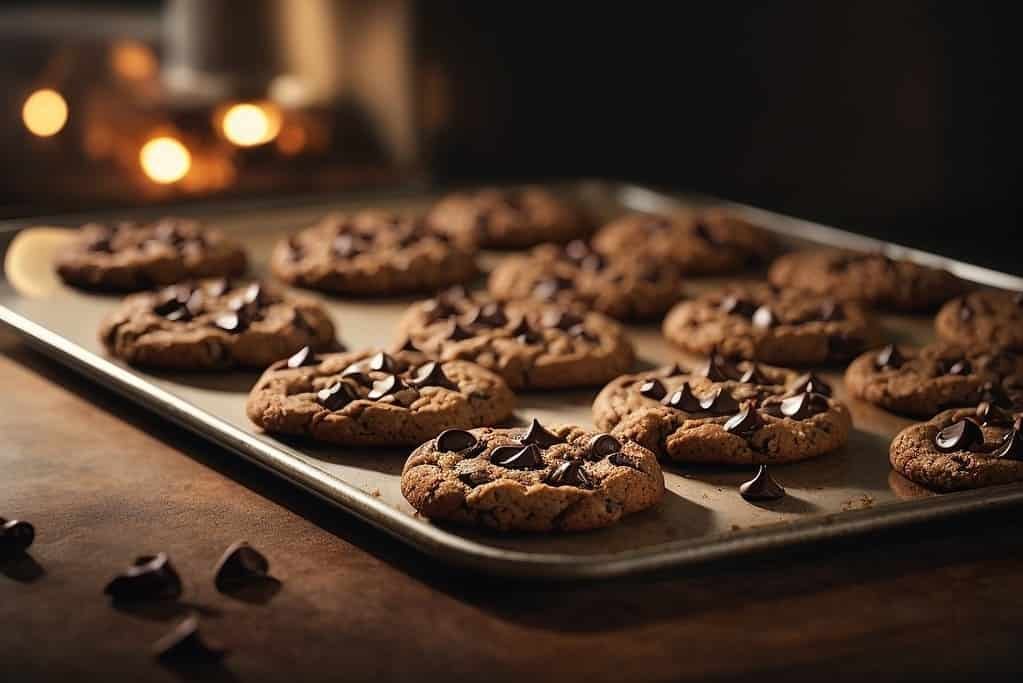
Baking Tools and Equipment
Having the right tools and equipment contributes immensely to successful cookie-making.
Essential baking tools for making cookies
Certain tools are essential for making cookies, such as a mixing bowl, a whisk or mixer, measuring cups and spoons, and a baking sheet. Some other useful tools might include a silicon baking mat or parchment paper, a cookie scoop, and a cooling rack.
Choosing the best types of baking sheets
When it comes to baking sheets, you’ll need a sturdy one that distributes heat evenly. Darker pans can cause cookies to brown faster, while lighter pans may result in lighter, more evenly baked cookies. Whichever you prefer, just be sure to adjust your baking time as needed depending on your pan color.
The role of baking equipment in successful cookie making
Using the correct baking equipment can make your baking process much smoother and easier. It can also improve the quality of your cookies by ensuring they cook evenly and come out of the oven at the right time.
Dough Preparation Techniques
Once your ingredients, ratios, and equipment are sorted out, it’s time to prepare your cookie dough using proven techniques.
Mixing ingredients: the creaming method
One common method for mixing cookie dough ingredients is the creaming method, which involves beating together butter and sugar until it’s light and fluffy, then gradually adding your remaining ingredients. This method can incorporate air into your dough, leading to lighter, softer cookies.
Chilling the dough: why and how long
Chilling cookie dough can prevent cookies from spreading too much in the oven. It also allows the flavors to meld together, yielding a more flavorful cookie. Depending on your recipe, you might chill the dough anywhere from 30 minutes to 24 hours.
Forming the dough into cookies: size and shape
The size and shape of your cookies is entirely up to you, though it can affect baking times. Larger cookies will need a longer baking time than smaller ones. An ice cream scoop or tablespoon can help you scooping consistent portions and create even cookies.
Baking Techniques and Tips
Now, it’s time to get baking! Here are a few tips to help you achieve cookie perfection.
Optimal oven temperature for cookies
Most cookies bake best in an oven set between 350°F (175°C) and 375°F (190°C). Make sure you preheat your oven before putting the cookies in to ensure they cook evenly.
Positioning in oven and baking times
For best results, position the baking sheet in the center of the oven. Baking times will vary based on the size of the cookies and personal preference. Some might prefer their cookies slightly under-baked while others might enjoy a crispier cookie.
Checking for doneness: Visual cues and tips
Visual cues can help you determine when your cookies are done. Look for cookies that are golden brown at the edges. They should still appear slightly soft in the middle—as they cool, they’ll firm up.
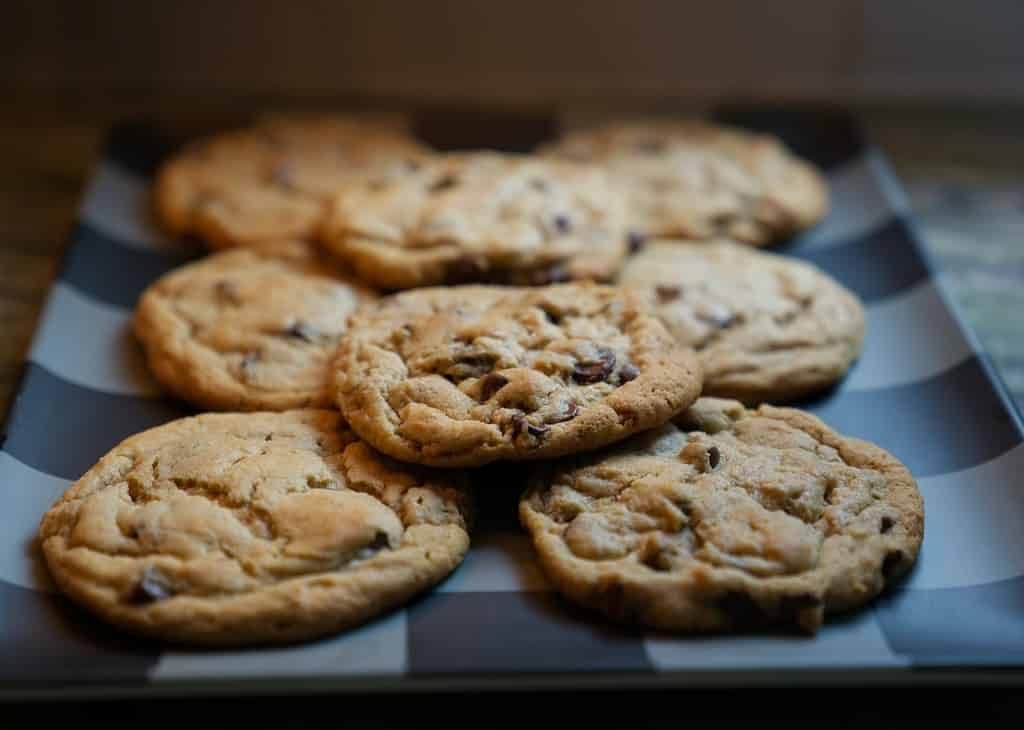
Customizing Your Cookies
Once you’ve mastered the basics, the fun part starts: customization!
Adding nuts, oats, or other ingredients
Nuts, oats, dried fruit, candies, the possibilities are endless! Just be sure to adjust your recipe as needed if you’re adding extra ingredients.
Creating different types of chocolate chip cookies
Experiment with different types of chocolate, such as white chocolate, or even caramel or peanut butter chips. Feel free to play around with spices, extracts, or even different types of flour.
Experimenting with flavors and textures
Dare to experiment! Switch out the vanilla extract for almond or peppermint for a flavor twist. Also, consider using different types of sugars (brown sugar, coconut sugar) to alter the flavor and texture.
Troubleshooting Common Cookie Problems
Even experienced bakers run into problems. Here are some common issues and how to fix them.
Cookies spreading too much or too little
If your cookies are spreading too much, your dough may be too warm. Try chilling it before baking. If they’re not spreading enough, your dough may be too cold, or you might be using too much flour.
Dry or hard cookies: causes and solutions
Overbaking can cause dry or hard cookies. To prevent this, remove cookies from the oven when they are slightly undercooked in the center. They’ll continue to bake on the hot baking sheet.
Uneven browning and other common issues
Uneven browning could be due to your oven having hot spots. Try rotating your baking sheet halfway through baking. If your cookies are constantly coming out too flat or puffy, you may need to adjust the amount of baking soda or powder.
Ingredient Substitutions
A lot of substitutions exist for those with dietary restrictions or preferences.
Replacing eggs in chocolate chip cookies
Eggs can be replaced with mashed bananas, applesauce, or commercial egg replacers if you’re baking for someone who is vegan or allergic to eggs.
Vegan and gluten-free substitutions
To make vegan cookies, use dairy-free butter and plant-based milk. For gluten-free cookies, substitute regular flour for a gluten-free blend.
Replacing sugar with healthier options
If you’re watching your sugar intake, try using a sugar alternative like stevia or erythritol. Coconut sugar can also be a 1:1 substitute for white or brown sugar.
Final Thoughts on Mastering the Art of Chocolate Chip Cookies
Mastering the art of cookie making can be a joyous journey. Practice and patience are key. Remember that making cookies should be a fun activity that fills your home with delightful smells and your heart with joy.
Importance of practice in perfecting technique
Practicing the techniques and paying attention to details can significantly improve your baking skills. Don’t get discouraged if your first few batches don’t turn out perfect—it’s a part of the learning process.
The joy of sharing homemade cookies
There’s something incredibly rewarding about sharing homemade cookies with friends and family. It’s about the delicious treat and the love and effort you put into creating them.
Continuing your baking journey
Once you’ve mastered chocolate chip cookies, the world of baking is your oyster! Continue experimenting with different recipes, flavors, and techniques to keep improving your skills. Happy baking!

